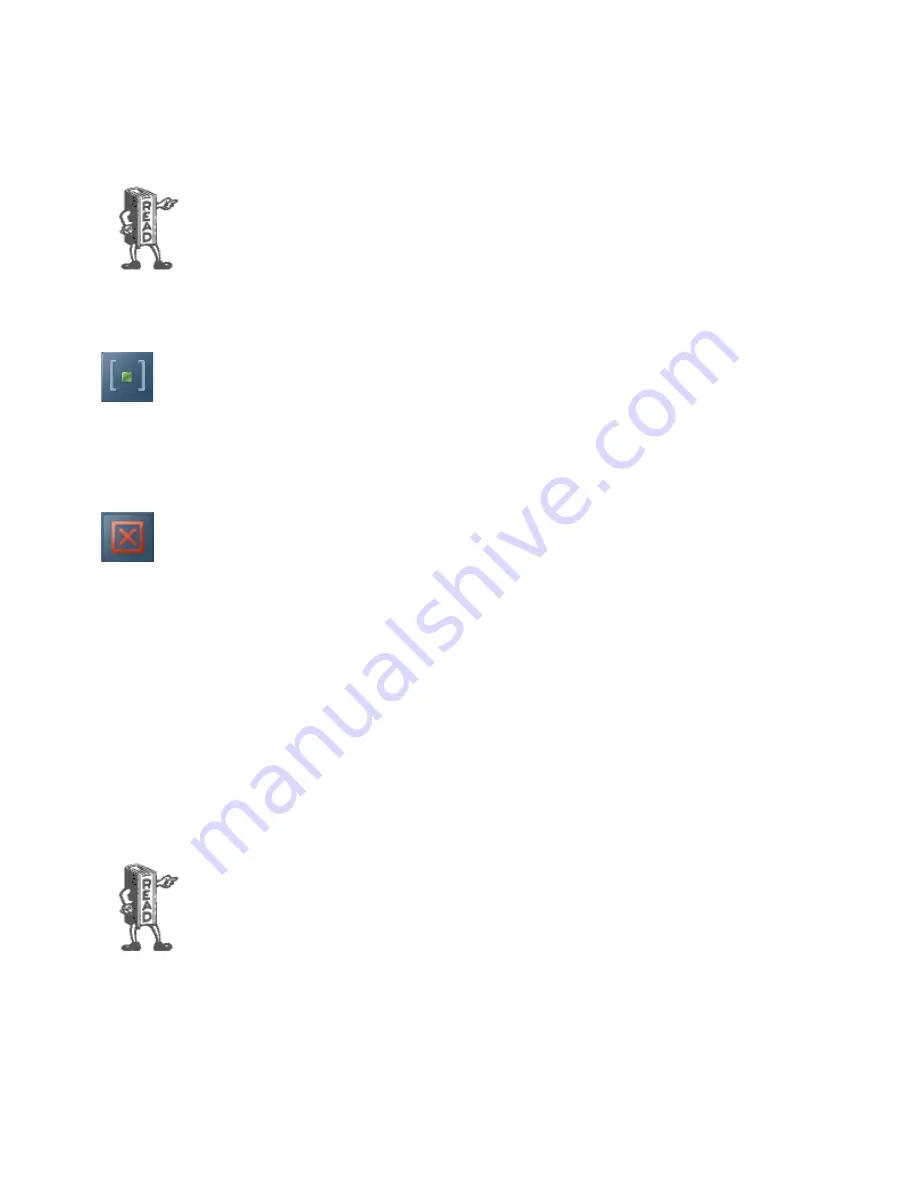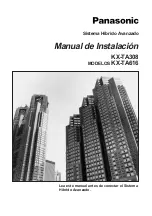
CHAPTER 3 |
44
OPERATION
Tip: You can re-order the next priority queue at any time. Put lines in Ready Hold - even those already
on Ready Hold - in reverse order from the order you wish to air them. First, Screen hold the call to be
aired last, then the call to be aired second to last and so on. You would screen hold the call that you
want to be aired next, last. At first blush, this may seem confusing, but it makes sense when you
remember that the call held the longest goes first to air.
Hold Button
Holds a call that is ringing, on the handset, or on-air. If more than one line is in this category, there will be a small hold icon near
the status icon on the lines that could be held. Press the line that you want to hold.
Drop button
Drops a call that is active on the handset, or on-air. If more than one line is in this category, there will be a small drop icon near
the status icon on the lines that could be held.
Press the line that you want to drop.
Lock
Normally, taking a call to air causes any others on-air to be dropped. If you need to conference two or more calls, you can use the
lock function.
Press an already on-air line button to lock it. The line status icon will change to display the locked symbol. Pressing the button
again unlocks the line and the lock icon goes away.
Locked calls remain on-air until unlocked and then another call is taken to air or the call is dropped or held.
The Drop and Hold buttons have no effect on a locked line.
Tip: If configured in your system, using fixed lines is another option for handling “guest” or “VIP” calls
that need to say on-air while you switch between other callers. With fixed lines you’d have a
dedicated console fader for each of these calls, so you can control volume, and switch them
independently in and out of the conversation, etc.
















































